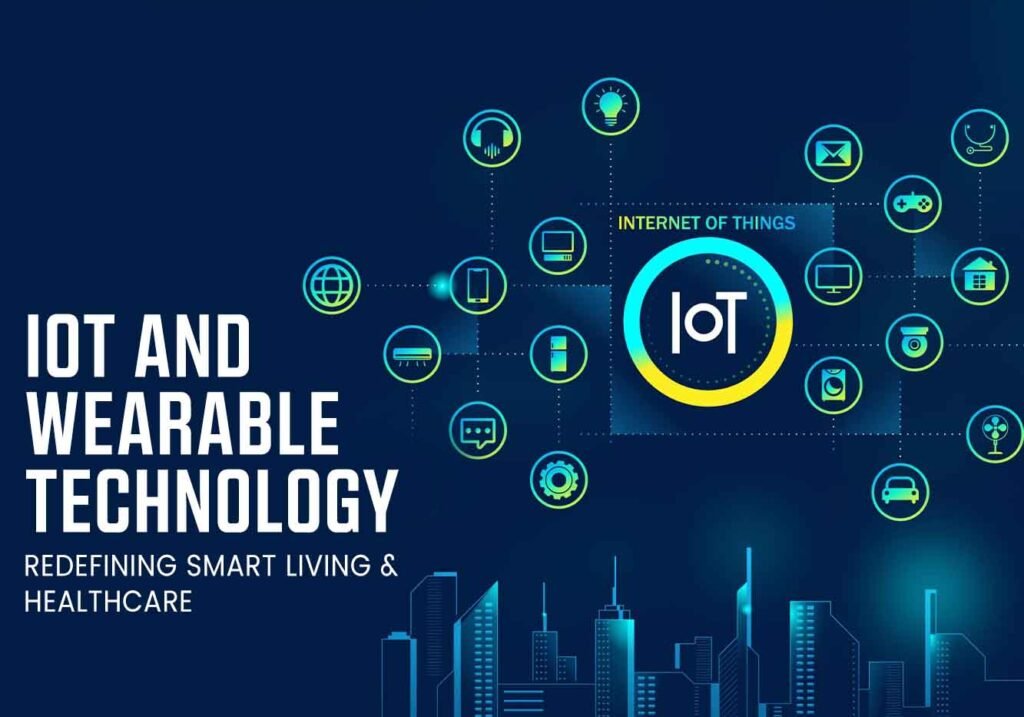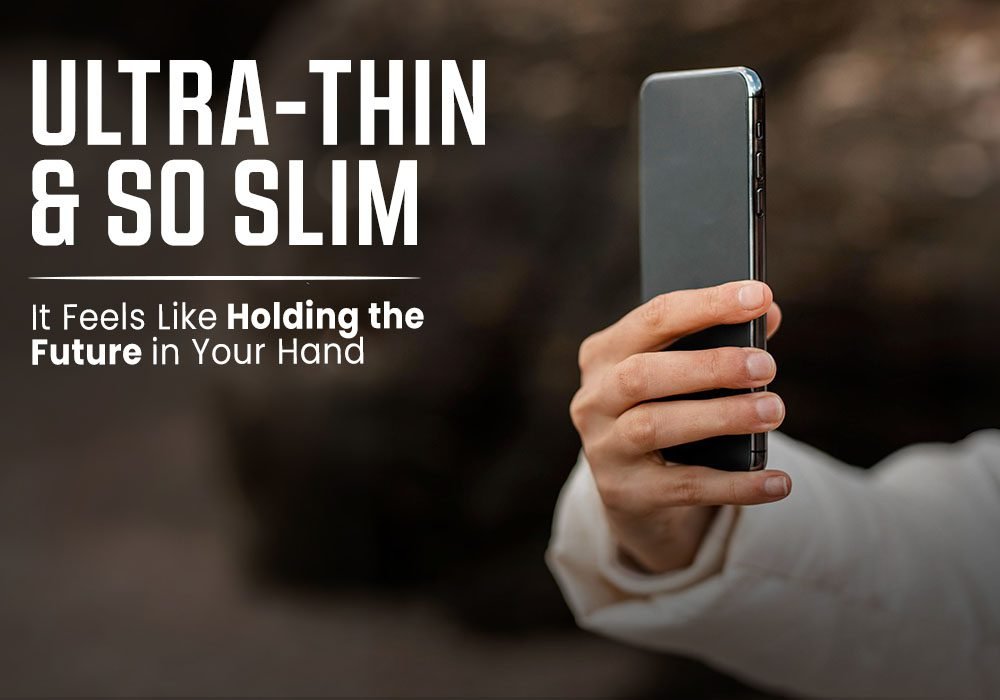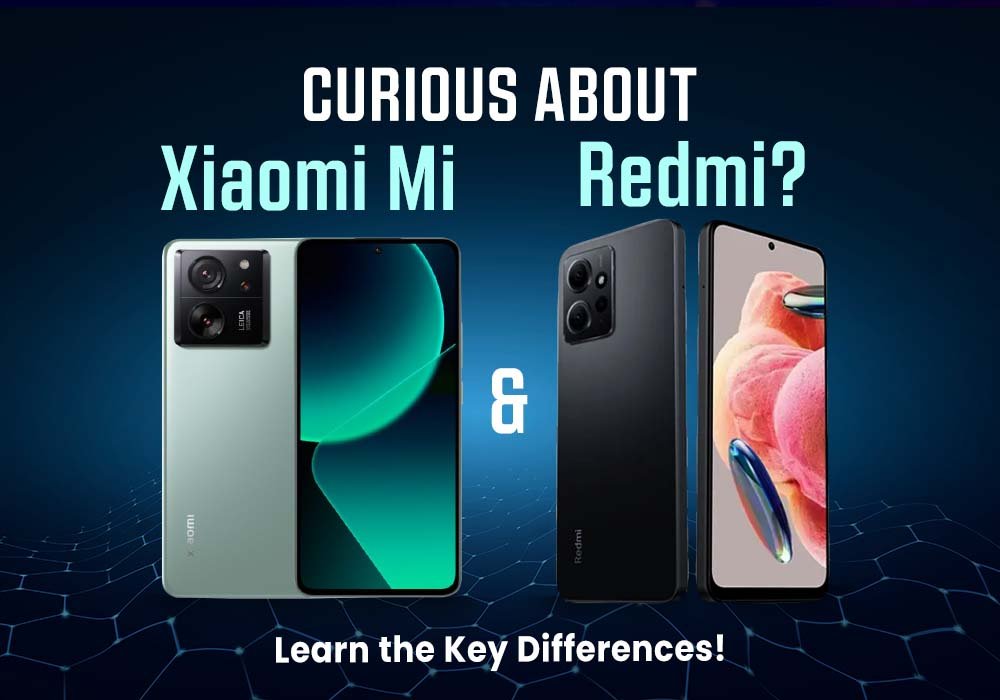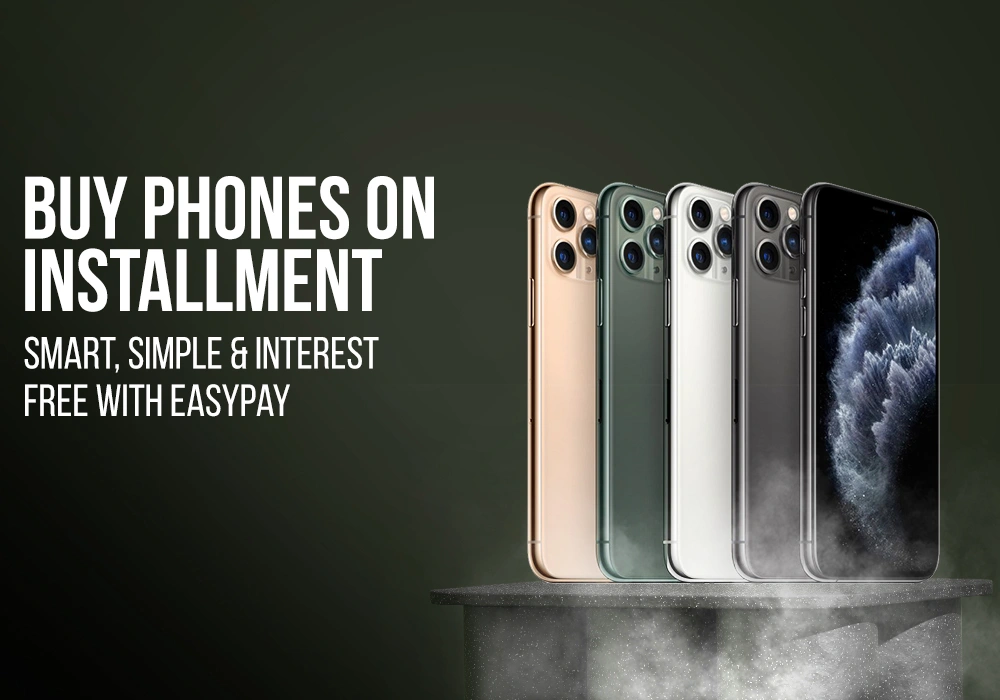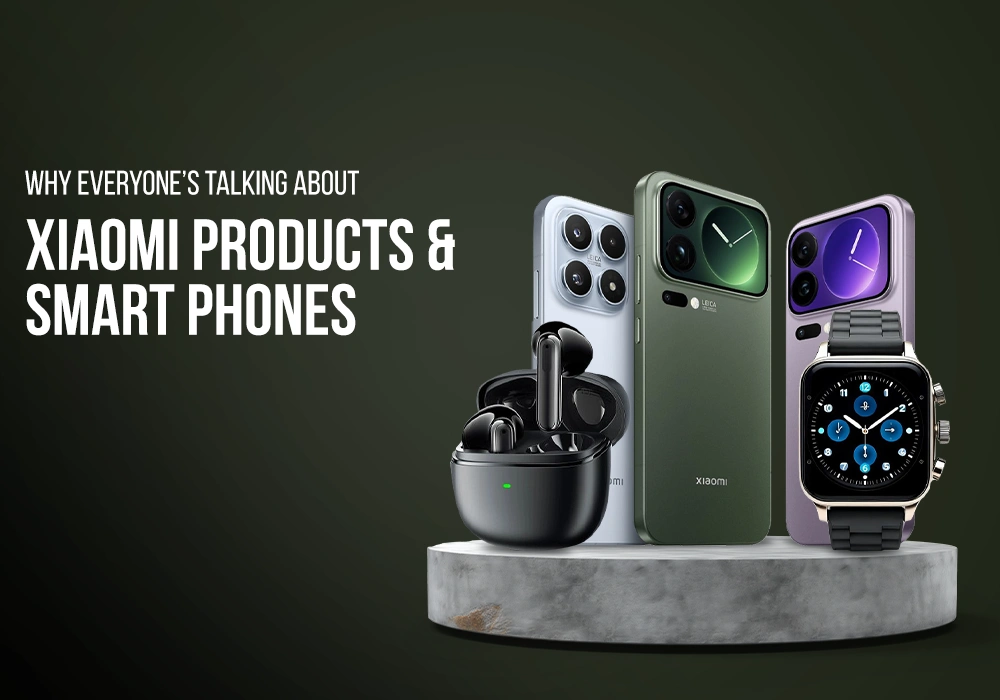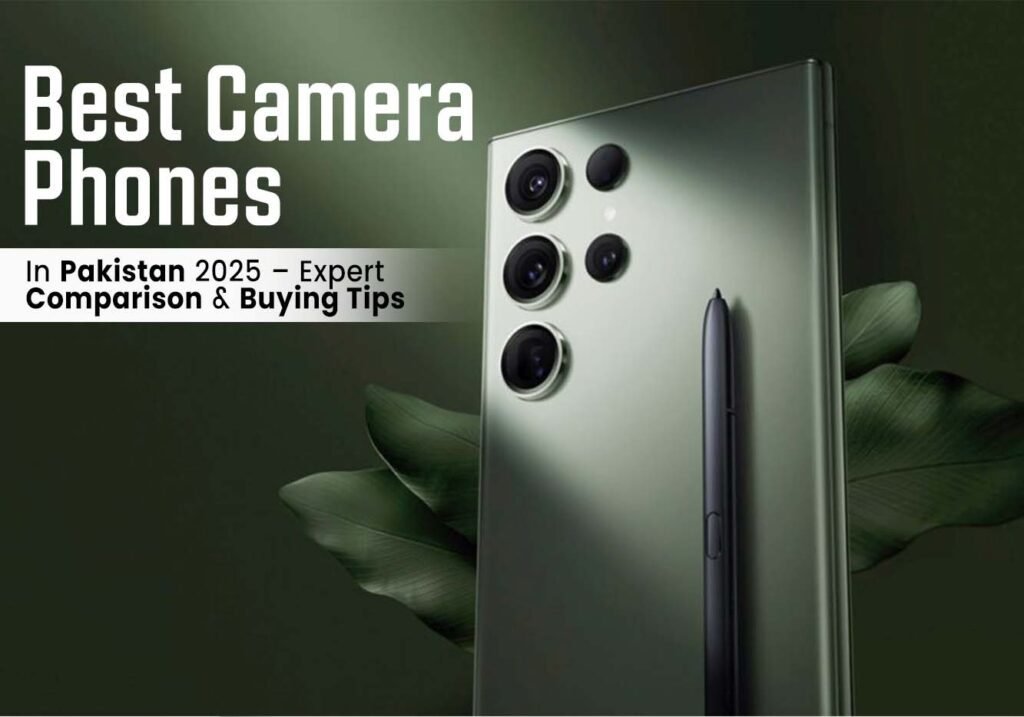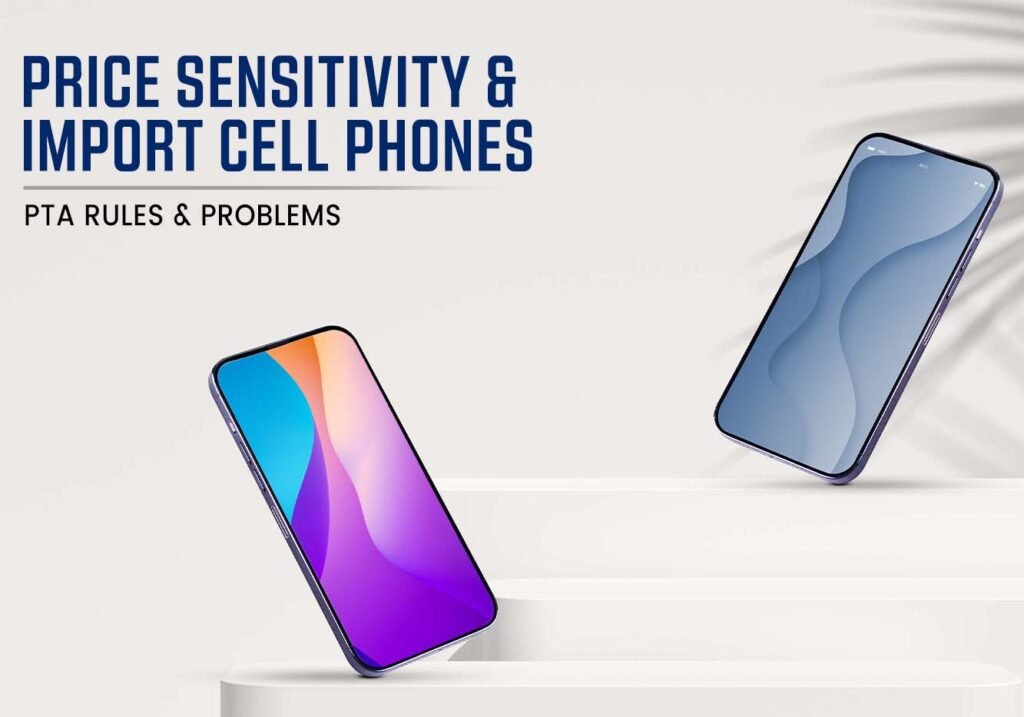IoT and Wearable Technology serving as personal gateways that connect users to larger networks. With the rise of smart IoT devices integration, people now expect their everyday tools to not only perform tasks but also communicate seamlessly with one another. This integration help to make routine tasks more convenient and monitoring health metrics more accessible.
In this blog, we’ll get to know about the integration of IoT and wearable technology, its benefits, challenges and future growth.
The Rise of Wearables in IoT
Wearables have grown from novelty gadgets to mainstream necessities. Wearable technology is integrating the IoT development more deeply into our daily lives, making routine tasks more convenient and monitoring health metrics more accessible.
Cloud servers can provide you a real-time data and insights through this integration, wearables connect with smartphones, laptops. For example:
- This IoT wearable can detects irregular heartbeats and automatically shares the data with healthcare providers via an IoT cloud integration platform.
- By the help of fitness bands we can collect steps, calorie counts, and sleep patterns, syncing the information to health apps.
- We can controlled lighting or displaying real-time navigation through smart glasses that interact with IoT-based solutions.
- The devices now equipped with GPS tracking and emergency response features that help in critical situations.
- Through this we get a seamless and secure payment solution.
These wearables can interact human body in the digital world in a better way.
IoT and Smart Device Integration: Beyond Convenience
Imagine waking up in the morning and you get a soft reminder of sleep cycle, able to adjust temperature of room through smart thermostat and can have a coffee just by trigger from your wearable. From home security cameras to wearable blood pressure monitors—IoT integration with smart devices can communicate effortlessly.
This level of automation highlights the connection between the Internet of Things and automation, creating smoother workflows and greater efficiency. Businesses are also capitalizing on this, particularly in logistics, supply chains, and remote work, where IoT and wearables track, monitor, and improve performance.
IoT Cloud Integration: The Backbone of Connectivity
While wearable devices gather and transmit data, they require a robust infrastructure to store, process, and analyze that data. This is where IoT cloud integration comes in.
Why IoT Cloud Matters
- Scalability: IoT devices generate vast amounts of data. Cloud platforms provide the scalability required to handle this growth.
- Real-time insights: Through this you can timely feedback. For instance, detecting a subtle health changes during exercise and advising rest.
- Secure sharing: You can be able to share encrypted data through cloud systems between devices and healthcare professionals.
IoT-Based Solutions in Daily Life
IoT has expanded beyond healthcare and fitness into nearly every aspect of life. Some IoT-based solutions empowered by wearables include:
- Smart Homes: A simple click on a smart watch can control lights, locks, and even refrigerators.
- Transportation: Through IoT Wearables you can get a proper navigation, monitor driver fatigue, and even unlock cars.
- Workplace Productivity: Smart badges track employee attendance, monitor safety in high-risk jobs, and allow touchless payments in cafeterias.
- Entertainment: Wearable VR headsets bring immersive experiences, linked through IoT to other smart devices for synchronized gameplay.
These applications highlight how wearables bridge the gap between human experience and digital automation.
The Benefits of IoT in Healthcare
Here are some benefits of IoT in healthcare:
- Remote Monitoring of health of patients without requiring physical visits.
- It gives an early Diagnosis by detecting subtle health changes that can also reduce hospitalizations and medical costs.
- Data from wearables helps physicians tailor treatments according to individual lifestyles, habits, and medical conditions.
- Wearables can automatically give emergency alerts like falls or strokes.
- In hospital wearables help to increase operational efficiency by managing inventory, tracking staff and synchronizing patient record.
Healthcare IoT Vulnerabilities
Although IoT have many benefits in hospital sector but also face these challenges:
- Data Breaches can be easy task for hackers to target IoT devices then steal medical records, which are more valuable than financial data.
- It have weak encryption that lack advanced security protocols.
- It need to be secure properly, otherwise hackers can access connected devices, risking patient safety.
- Outdated firmware in wearables can serve as entry points for cyber-attacks.
It is necessary to address these vulnerabilities by balancing innovation with robust security.
Internet of Things and Automation: Driving the Future
The Internet of Things and automation are inseparable. Wearables collect the data, while automation turns that data into actionable insights. For example:
- You can fix a daily goal in Fitness apps that automatically based on wearable data.
- Through vitals monitoring, a reminder trigger for automated medication.
- Smart homes automatically adjust lighting based on wearable sleep monitoring.
You can reduce error, save time and get personalize daily experience through the synergy of IoT and automation.
Challenges of Wearables in IoT
Following are the challenges that can slow widespread adoption:
- Constant monitoring and connection to the internet can drain battery life quickly.
- It can raise ethical concerns, particularly in terms of data collection and sharing.
- Have data security and privacy issues while collecting and transmitting personal data.
- The accuracy and reliability of data collected by wearables are paramount, especially in healthcare and fitness applications
- Advanced wearables and IoT solutions remain expensive for many users.
What to look in Future of IoT and Wearable?
- You can get proactive health assistants through enhanced AI in smartphones.
- Through 5G network’s ultra-fast speeds Real-time cloud processing will be possible.
- To promote Sustainability, devices will be eco-friendly with longer battery life and recyclable materials will rise.
- There will be up gradation in health monitoring and diagnostic capabilities that can give better healthcare outcomes.
- Wearables will become increasingly personalized, adapting to user preferences and individual needs.
What is IoT Integration?
IoT Integration is connecting physical devices with the software systems that manage operations and decisions. It connects IoT devices, platforms, and applications into a unified ecosystem that shares data and functions seamlessly.

